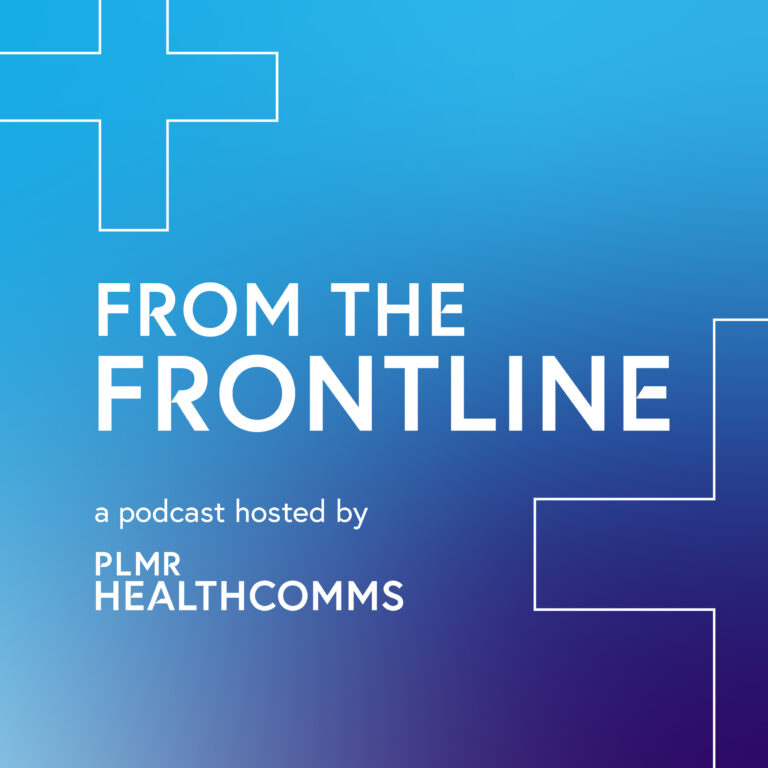What is Substack?
Put simply, Substack is a newsletter platform that allows writers to charge a monthly subscription fee for the work they produce. Substack takes only 10% of revenue generated by its writers in subscriptions, meaning it only takes around 400-500 users paying £7 a month before a writer is earning around the London Living Wage.
How will it change journalism?
A number of notable freelance journalists have set themselves up on the platform, charging nominal fees to access their content. Many freelancers have praised the platform for allowing them to generate a consistent and predictable income while maintaining their freedom to continue writing for mainstream publications at whim. The platform even pays some writers directly through its Pro platform, splitting revenue with well-known names to the tune of up to $250,000 a year.
This has been seen as a direct threat to the popular press, luring away big-name writers with the promise of total editorial control and a lauded status on a booming service.
Can the newspapers fight back?
The great fear for the newspapers is of course the loss of key talent, and the eventual balkanisation of legacy media. In a Substack world, the role of editors becomes diminished, as readers have total control to purchase multiple newsletters at once from a variety of providers without the need for outside curation (at a similar total fee to a traditional newspaper sub). Many writers provide free access to older content, meaning users can try before they buy, a novelty as more and more publishers set up elaborate paywalls to desperately increase revenue.
Substack does also have its own issues to square – like many digital innovators it struggles to straddle the line between benign software application and responsible publisher. With minimal editorial oversight the platform has become a haven for the “cancelled”, including those already banned from established mail out services such as MailChimp and established outlets on TV and in print.
The fear for Substack will be if the brand becomes so toxic that it deters the mainstream names it needs to sell the platform’s service. Time will tell if Substack becomes the undisputed Patreon of journalism, or if it descends into becoming a pamphleteering system for the very worst of the internet.





